
How superhumans being made in Ukraine: Photo report from prosthetics and rehabilitation center
The Superhumans prosthetics and rehabilitation clinic operates in the city of Lviv. This is a new project that meets the challenges of the Ukrainian reality
In the spring of 2023, Superhumans opened its doors to Ukrainians affected by the war. The center provides prosthetics and rehabilitation free of charge.
Espreso will tell you more about how Ukrainians are being transformed into superhumans in Lviv.
Although the construction of surgery rooms and wards is still ongoing, the center has enough patients. In the first building, there is a prosthetics laboratory, offices of prosthetists, and a reception. On the second floor, guys and girls with injuries learn to use their new legs or arms.
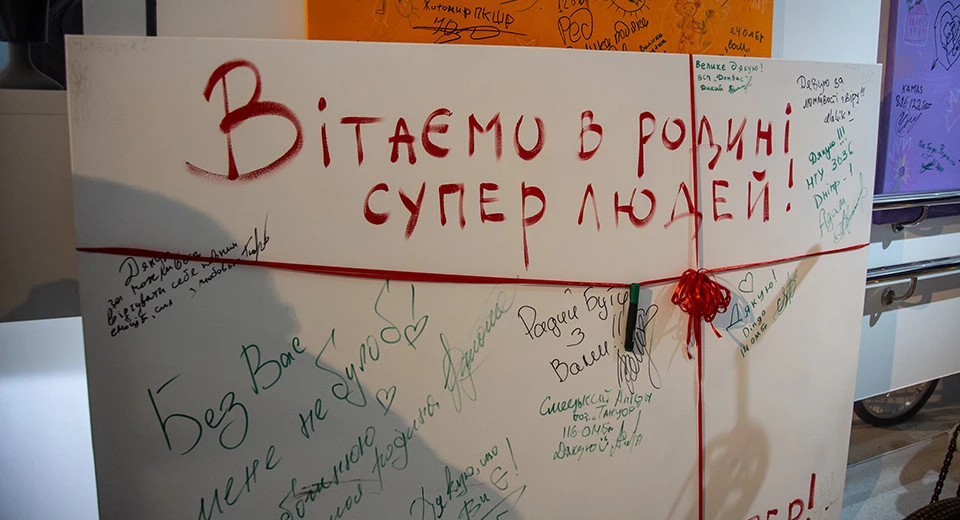
The reception area is noisy, as many people have gathered around a corner with coffee and are discussing something, probably their new prostheses. Everything looks very friendly and easy - in fact, everyone in this clinic is smiling at you, a lot. And it's hard not to notice. According to Andriy Ishchyk from the hospital's PR department, he is often surprised by the easy communication in the center.
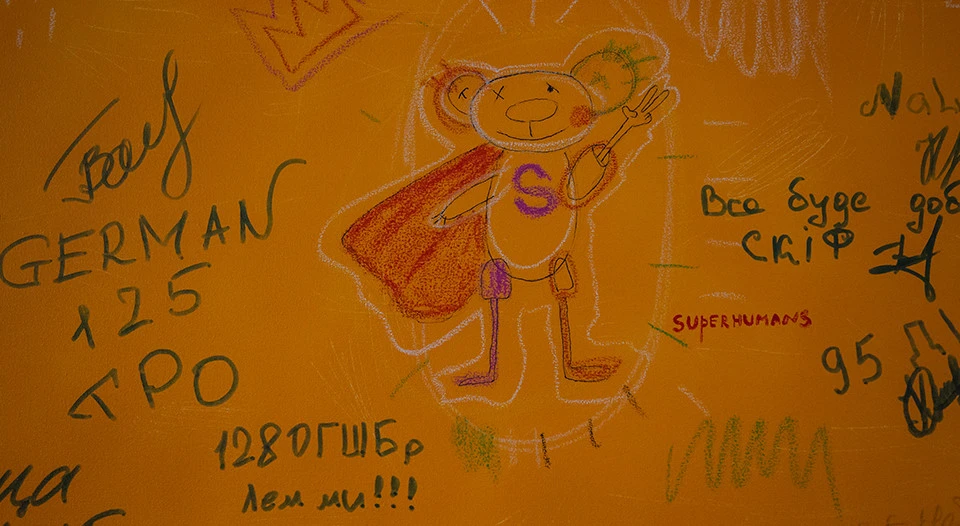

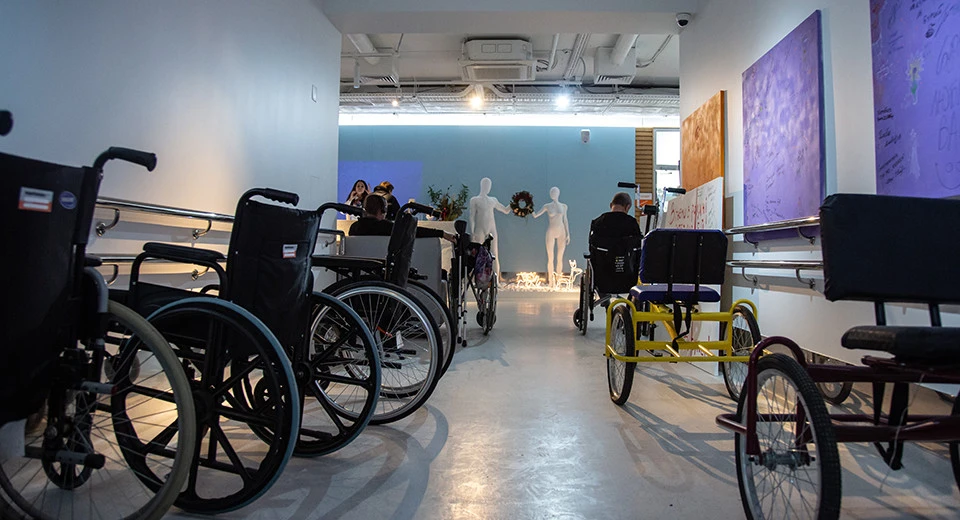
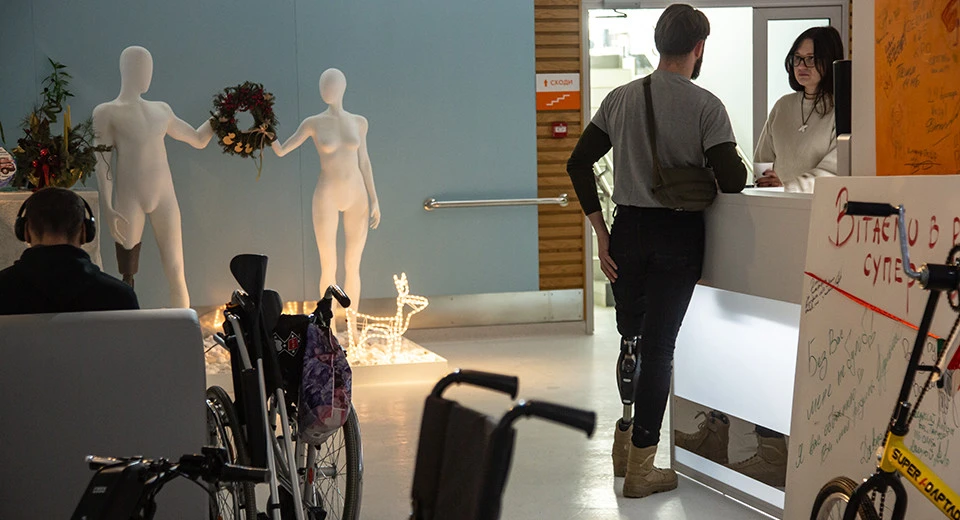
"Why this name? Yes, I agree, it doesn't sound great for us (Ukrainians -ed.), but Superhumans works very well abroad," says Andriy Ishchyk.
Indeed, the center has many well-known ambassadors and investors; doctors who have joined the center's medical board; and businessmen from all over the world.
After the start of the full-scale invasion, Ukrainian businessman Andriy Stavnitser and Olha Rudnieva, who have been actively volunteering for Ukrainian soldiers, decided to create a rehabilitation center. Given their extensive business contacts, these two Ukrainians traveled to many countries in search of partners and to present their project. Howard Buffett, an American businessman and philanthropist, offered a lot of help.
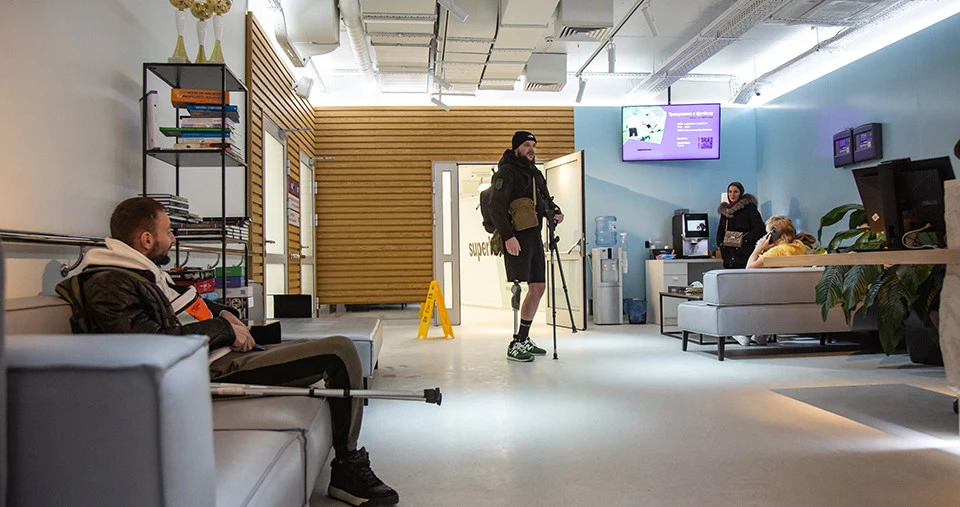
Employees of the center decided to lead Espreso journalists through the path of their patients. So after the reception, we enter the prosthetist's office. Here, the injured Ukrainians are being measured and discussed their prosthetic path, including which prosthesis will suit the person.
"It all depends on what a person does for a living. If they are engaged in farming, it is one story. If they play the violin, it's quite another. Some people can get two types of prosthesis - mechanical and bionic - because they need it," notes Andriy Ishchyk.
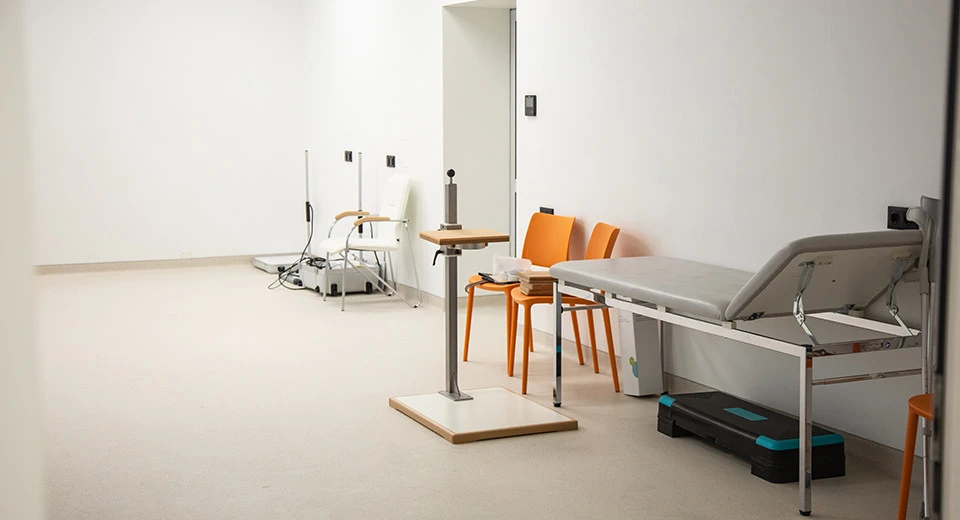
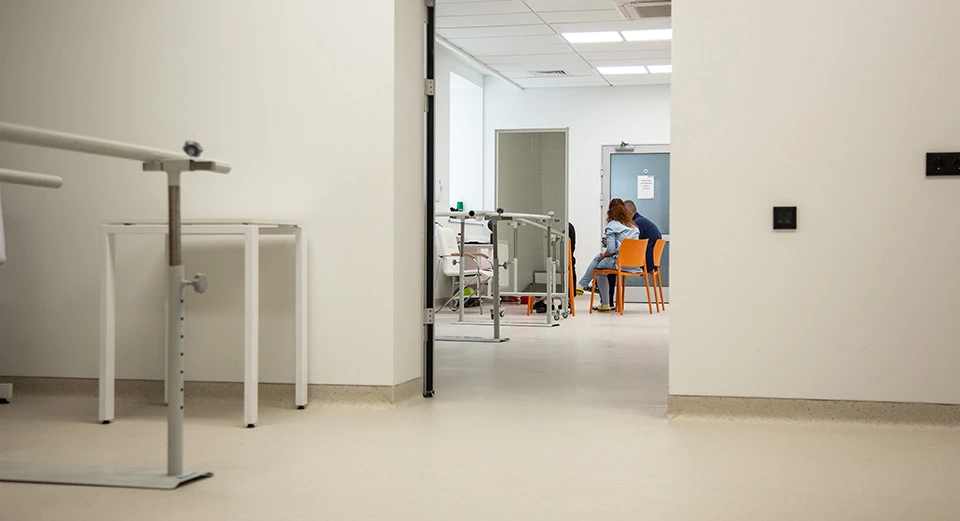
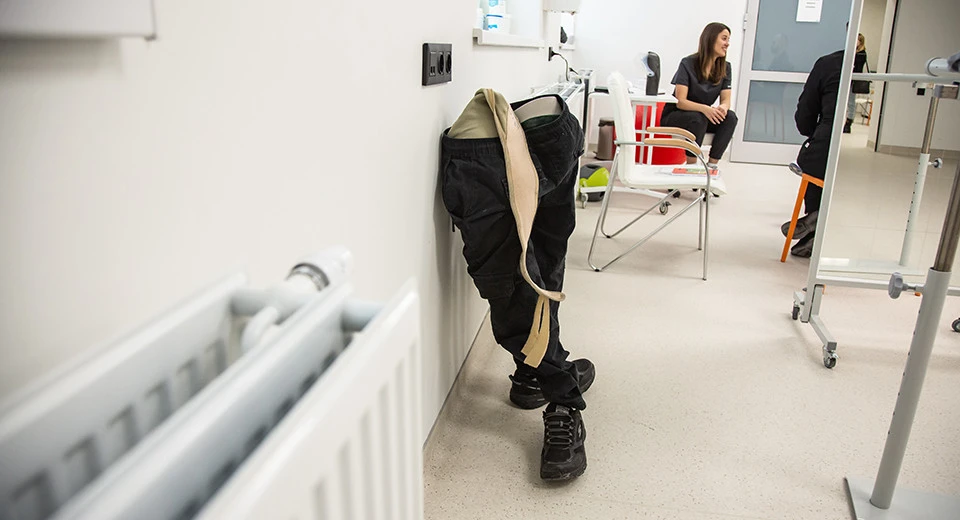
After all the measurements are taken, the manufacturing process begins in a special laboratory. First, a training prosthesis is made, because the patient has to learn to stand on the new legs or get used to the new arm. However, the first stage in this process is a gypsum cast.
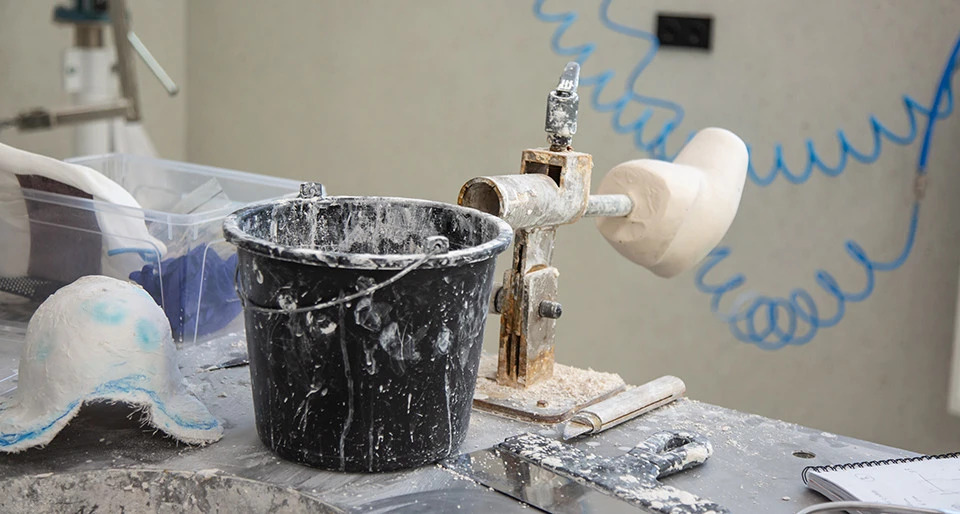

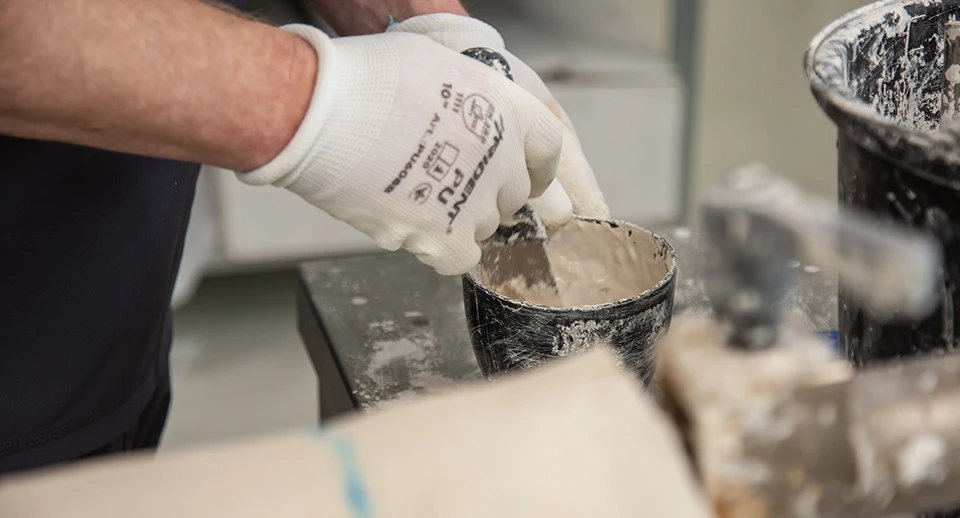
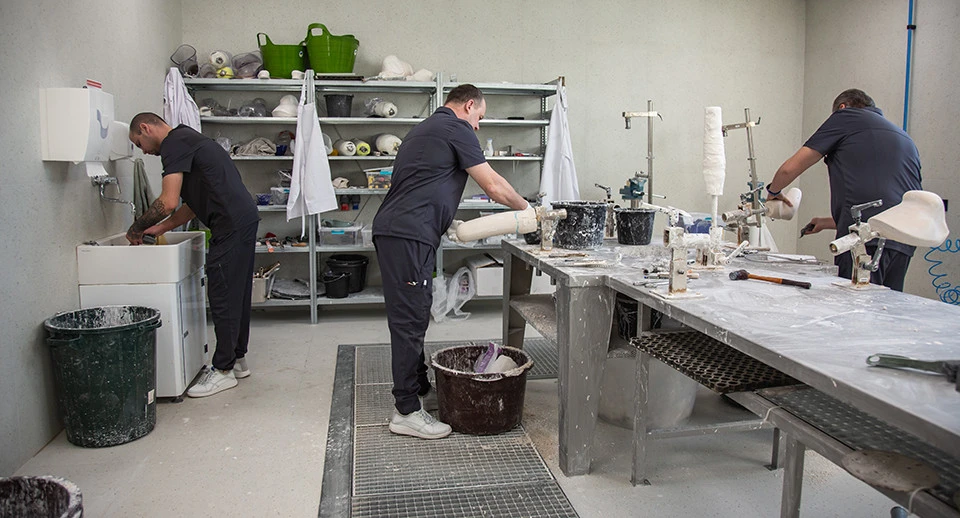
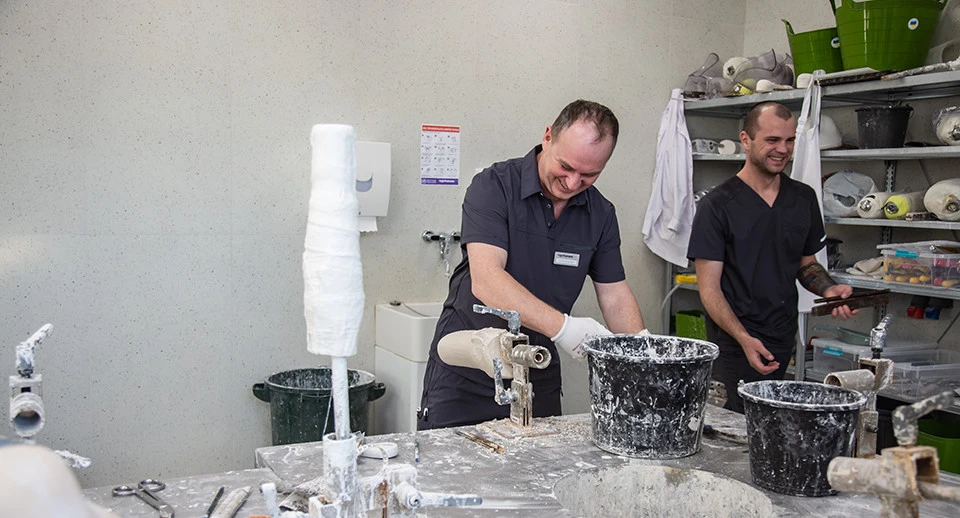
A training prosthesis is formed using plaster molds.
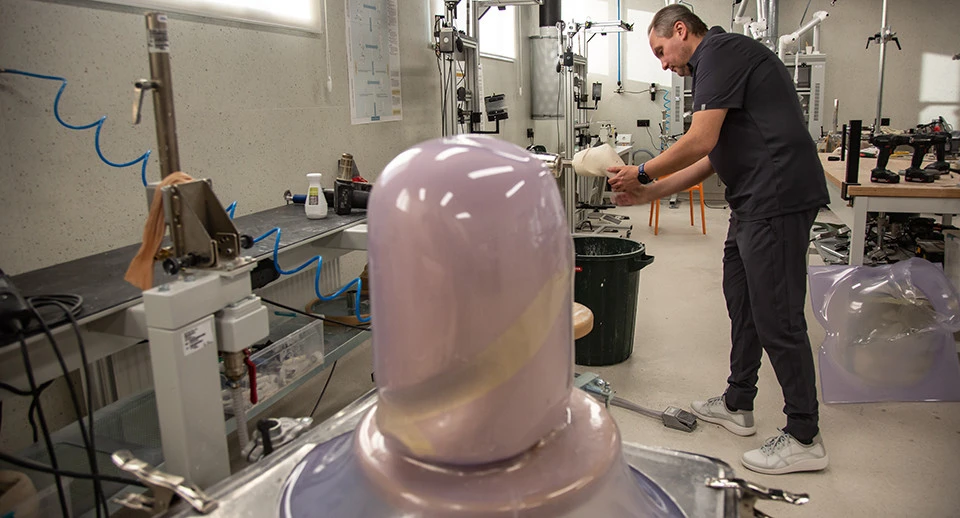
The prosthetist makes the upper part of the prosthesis for the stump (the part of the limb left after amputation) from a special material. To make the material pliable, it is "baked" in a special oven.
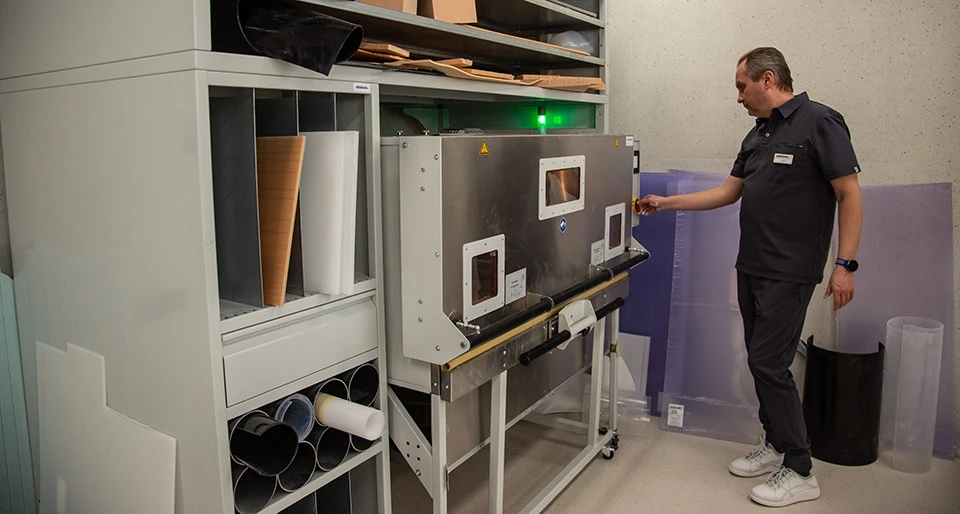
At the next stage, the product is adjusted, polished, and thinned - it all depends on the patient's needs and convenience.
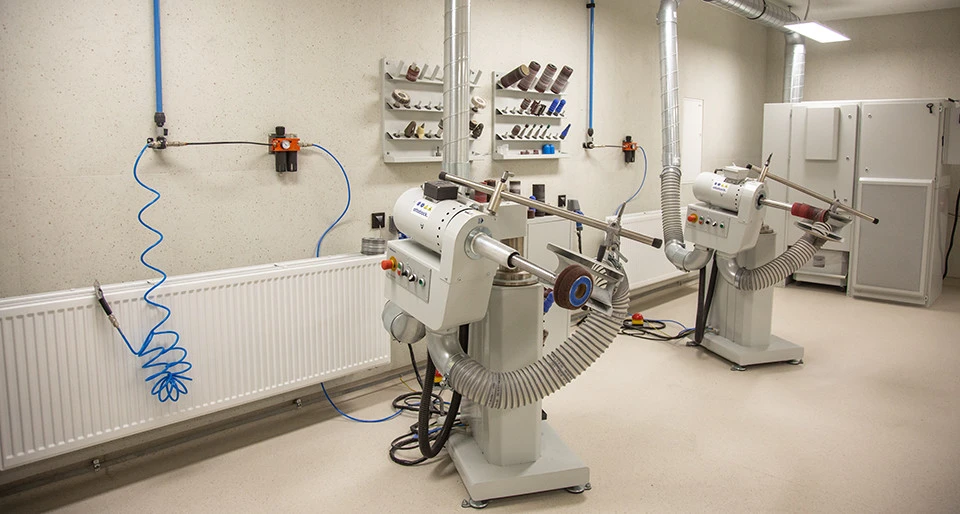
After all the manipulations and training, a person is provided with a permanent prosthesis made of carbon, an ultra-light and durable material.
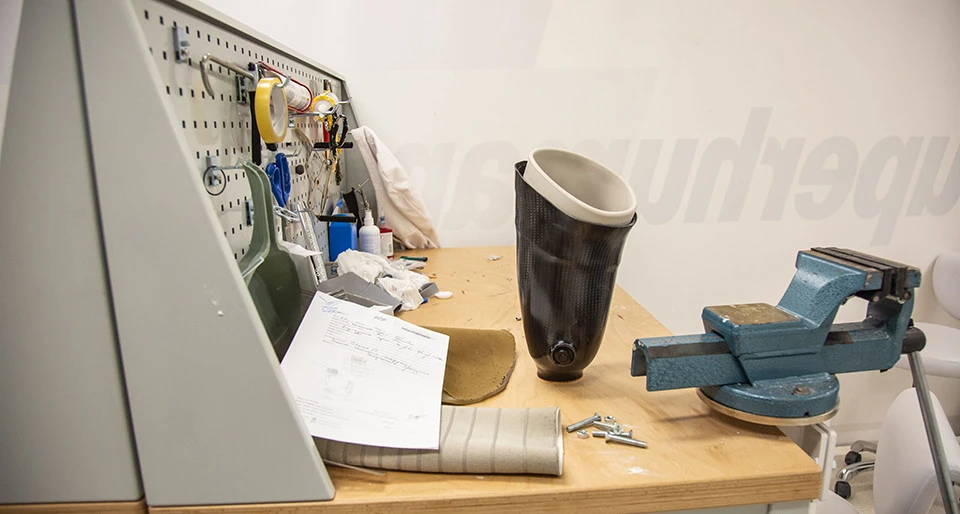
"The time after which a person is free to wear a prosthesis depends on all the nuances of the process. Including how ready they and their body are. Because it is possible to make a prosthesis according to the patient's needs, but it also needs to be prepared, including physically. Patients also undergo rehabilitation in this facility. And it's convenient, because if something happens, the prosthesis can be adjusted on the spot for comfort, or something can be corrected," says Andriy Ishchyk.
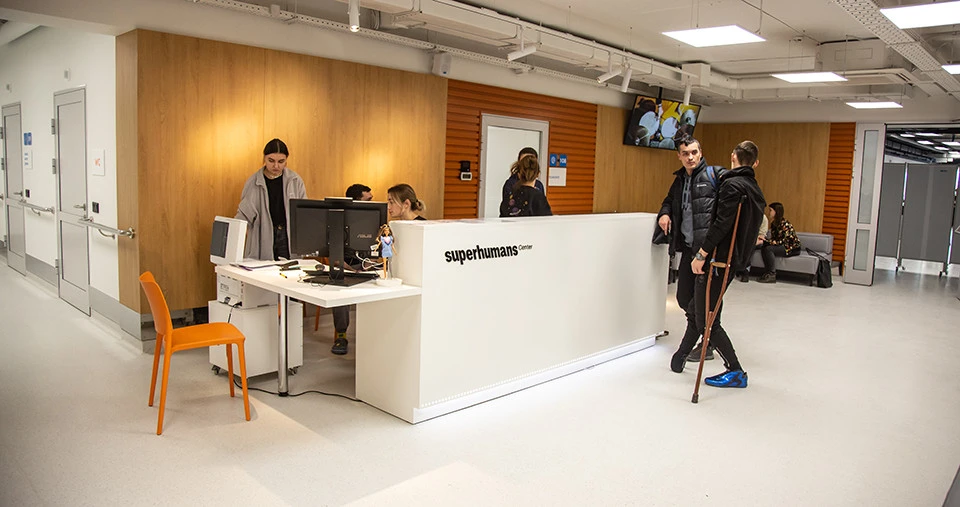
On the second floor of the center, patients undergo rehabilitation. There are special simulators and devices to help people master their new limbs and regain their physical fitness after a long treatment. Everything happens under the supervision of physiotherapists.
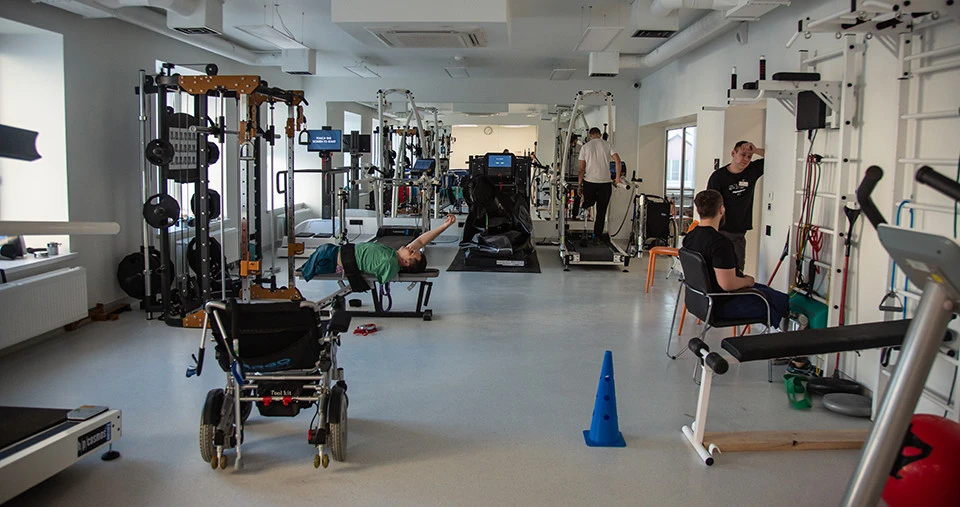
In a long corridor, men and women walk back and forth on their prostheses and try to get used to them. Not without great effort.
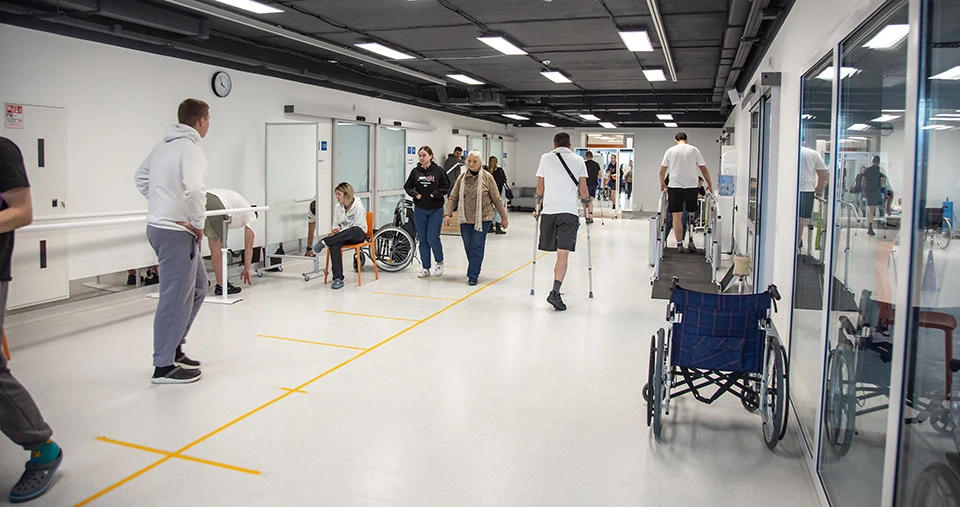
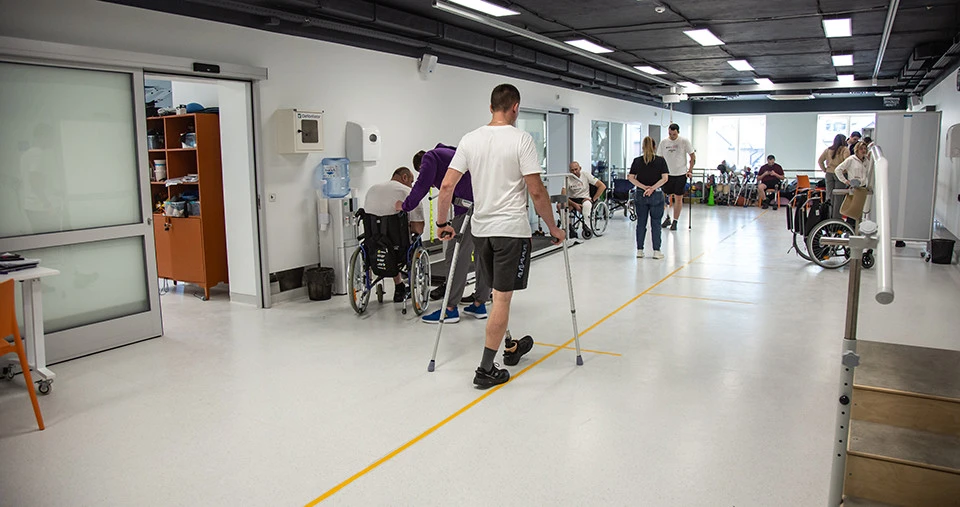
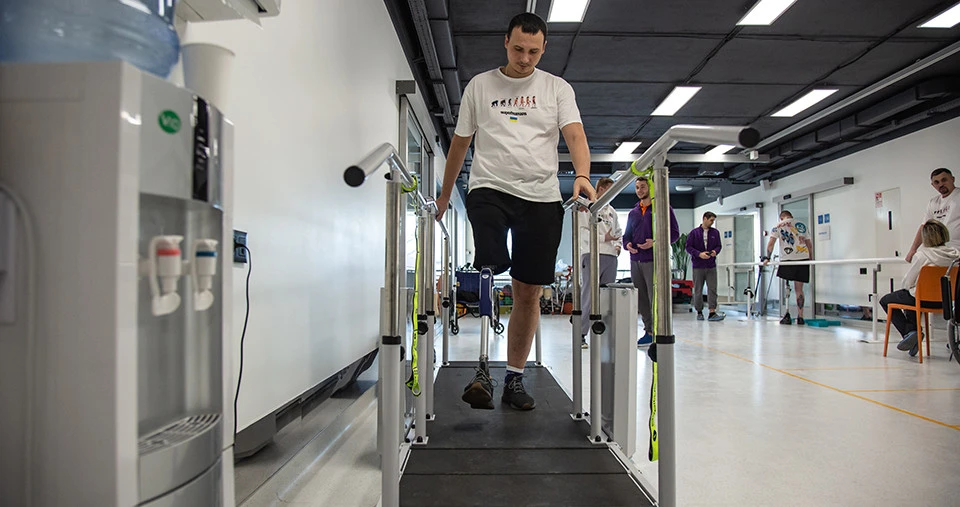
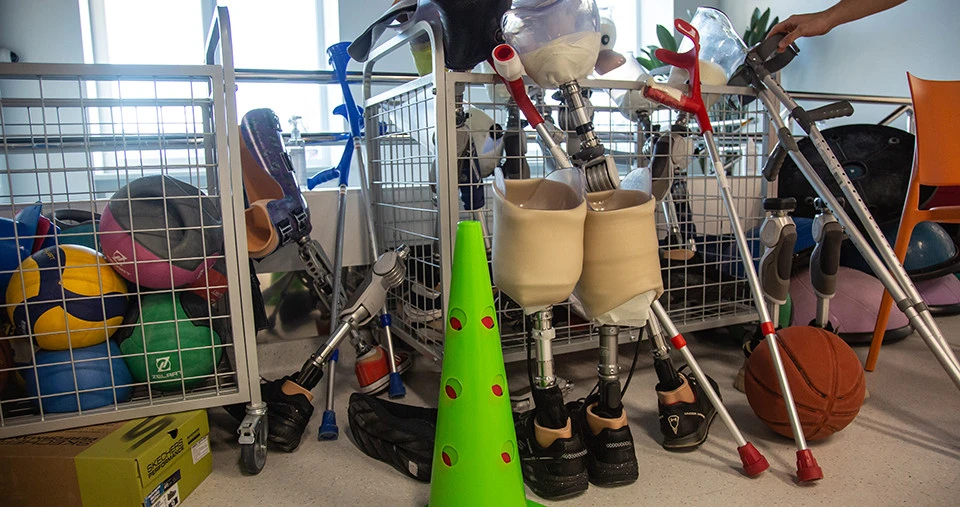
Superhumans Center also has a swimming pool where patients do special exercises and develop their muscles. And after the exercises, they can relax in the jacuzzi.
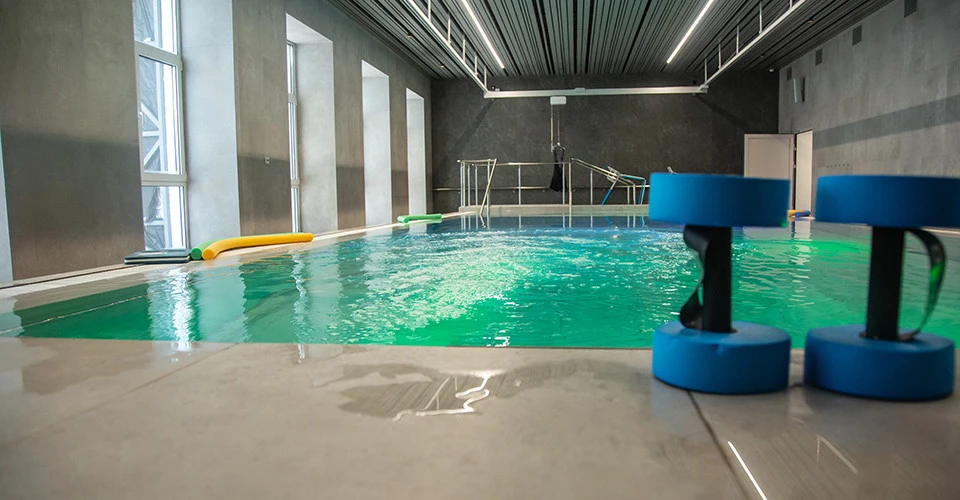
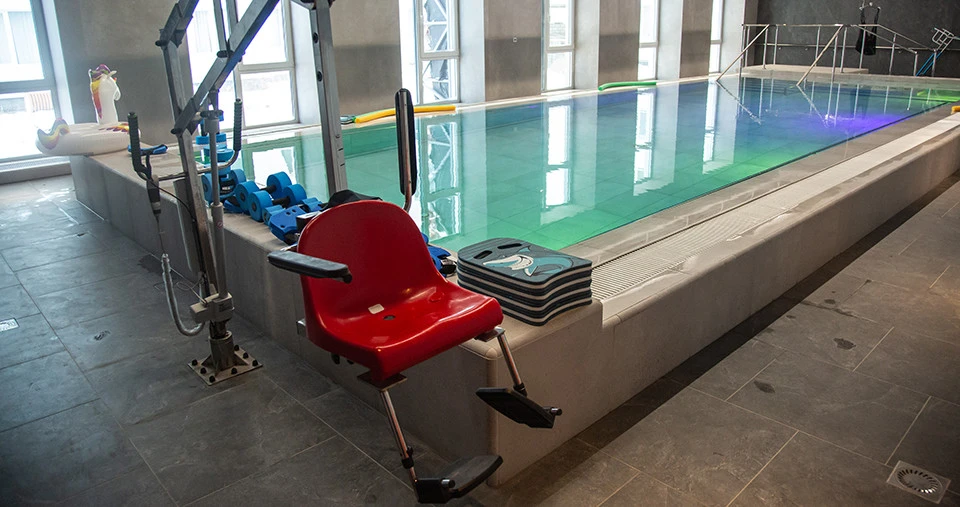
According to Andriy Ishchyk, a psychologist also works with each of their patients.
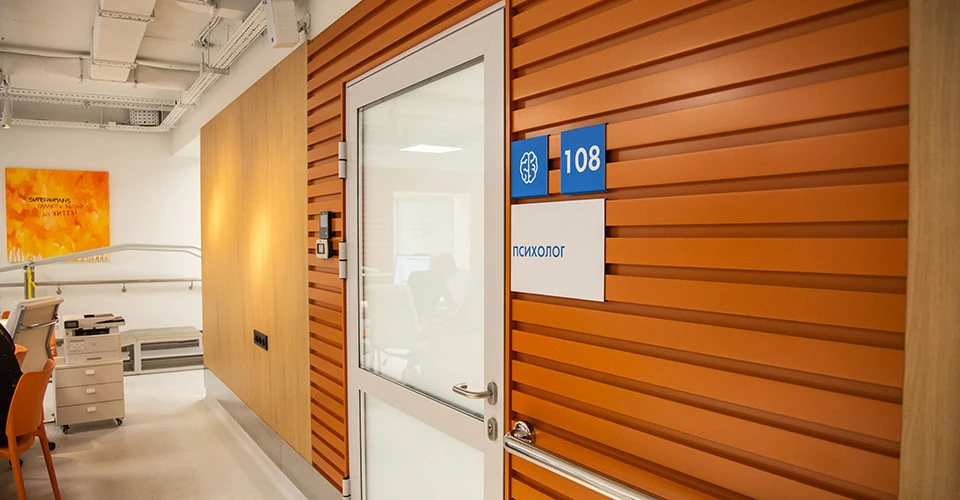
In addition, the center has a special department that deals with the leisure activities of those who are currently undergoing prosthetics and rehabilitation at Superhumans. It is run by a former patient who lost his arm. People are taken to various sporting events, for example, rock climbing lessons.
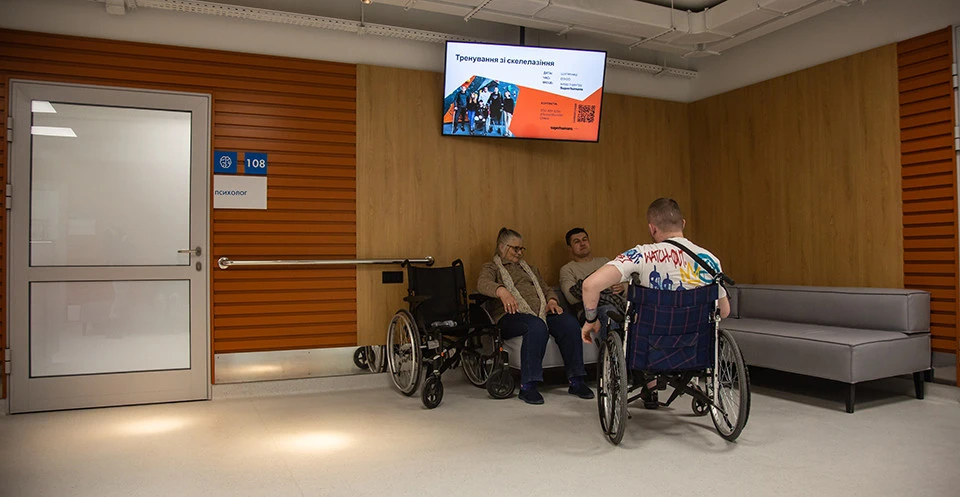
As of January 11, the center has prosthetically treated and rehabilitated 284 people. Another 574 Ukrainians are waiting for their new limbs. The total number of prostheses manufactured is 406. After the opening of another building, the center intends to conduct surgical interventions and provide the "superhumans" with the entire rehabilitation process.
Text: Kateryna Beniuk
Photos: Andriana Stakhiv
- News











































